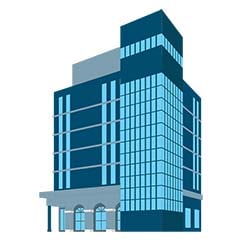Physical capital is one of the three factors of production used in the production of goods. Physical capital is used to make goods and is also reusable. This is in contrast to raw goods, which become part of the final product and are not reusable. The three factors of production include land/natural resources/real estate, human capital, and physical capital.
Physical capital falls under the category of capital expense. It includes equipment, computers, and machines. Most physical capital is paid for over several years and can be depreciated annually.
As a company spends more on capital, its output increases. This is called the capital function. Capital is the input and product is the output. As a company buys more raw and other materials to produce its product, it is able to produce more product per unit of input/capital.
The input of capital and output of product are not 1:1. Meaning, for each unit of input, you should expect a unit of output. Instead, as more capital is spent to produce products, fewer products are produced. This is called diminishing returns.
For example, consider tractors as input for a farmer. The farmer buys his first tractor and sees a significant improvement in output. The farmer decides to buy a second tractor, but of course, the farmer can only drive one tractor at a time. They must hire someone to drive the second tractor. This additional input of capital costs more, and overall output begins to increase at a decreasing rate. If the farmer buys a third tractor and hires a third person, inputs have once again increased but output doesn’t increase at the same rate.
Some inefficiencies come into play as capital inputs increase. These inefficiencies are due to more moving parts involved with the input. For example, eventually, a worker will call in sick or maybe even quit. When that happens, one tractor will sit idle. Inputs remain high, but output has decreased relative to input.



